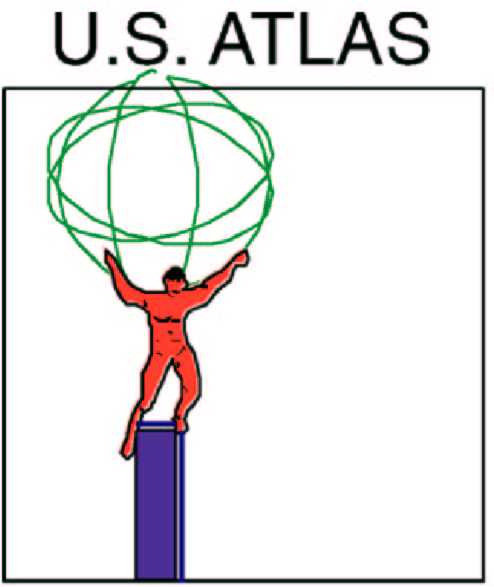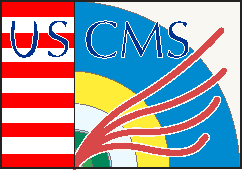 US LHC Talking Points
US LHC Talking Points 
 US LHC Talking Points
US LHC Talking Points 
Some Points of Discussion by George Trilling, April 18, 2003.
1. Starting in 2007, and for many years beyond, the US LHC program will be the dominant and probably the only accelerator-based energy-frontier research effort in which US universities and Labs will be involved. It will be the centerpiece of world high energy physics, and the US with about 20% of the detector effort will be the largest single country participant pursuing that physics. It is important that this be recognized in funding allocations.
2. Because of the enormous jump in energy, new physics is likely to appear even at luminosities well below design value. Thus important results are almost sure to come out very soon after turnon. If the US is not adequately prepared, others will take the lead.
3. Thus it is crucial that there be adequate support for US LHC physicists in the Base Program from both DOE and NSF. Such support should encourage groups to prepare and plan for LHC physics output beginning just after machine turnon.
4. The Base Program support must take account of substantial costs associated with travel to Geneva. Faculty members spending sabbaticals in Geneva will need salary support beyond the usual 50% sabbatical level. The US LHC collaborators (both in the detectors and the accelerator) will need a substantial presence at CERN.
5. In addition, there needs to be continuing and steady support for the ATLAS and CMS Research Programs. It is important to have a dependable planning horizon of several years to permit negotiation of US responsibilities with CERN and the Collaborations.
6. Strong DOE support for Physics Analysis Centers in the US will be important. Given the huge amounts of data to be studied and the geographical dispersion of the collaborators, there will be need to develop computational and networking technology. To the extent of success in this area, the needs for travel to CERN and corresponding costs may be reduced.
7. LHC detectors will need upgrading to fulfill the potential of the LHC physics program. Possible luminosity increases beyond the design value will require major detector modifications, for which it is essential to pursue R&D in the next few years. It is expected that the US LHC institutions will have a major role here.
8. The US LHC accelerator program can help improve the productivity of LHC for (American) high energy physics. The US National Labs, by working on commissioning, instrumentation, and accelerator physics studies, can have an important and positive impact by speeding the start-up of the machine and by helping to improve its performance. R&D by the US Labs on Interaction Region upgrades can help ensure that a luminosity upgrade will be implemented on the time scale required by the physics program. Adequate support needs to be provided to make this happen.
9. Working on the LHC will keep the US National Laboratories at the forefront of accelerator science and technology, benefiting our domestic accelerators, and positioning the U.S. to be able to lead in the development of the next generation of high-energy colliders.
Back to Main US LHC Resources Page
Page maintained by Wesley Smith, U. Wisconsin
Last Update 04/19/03.